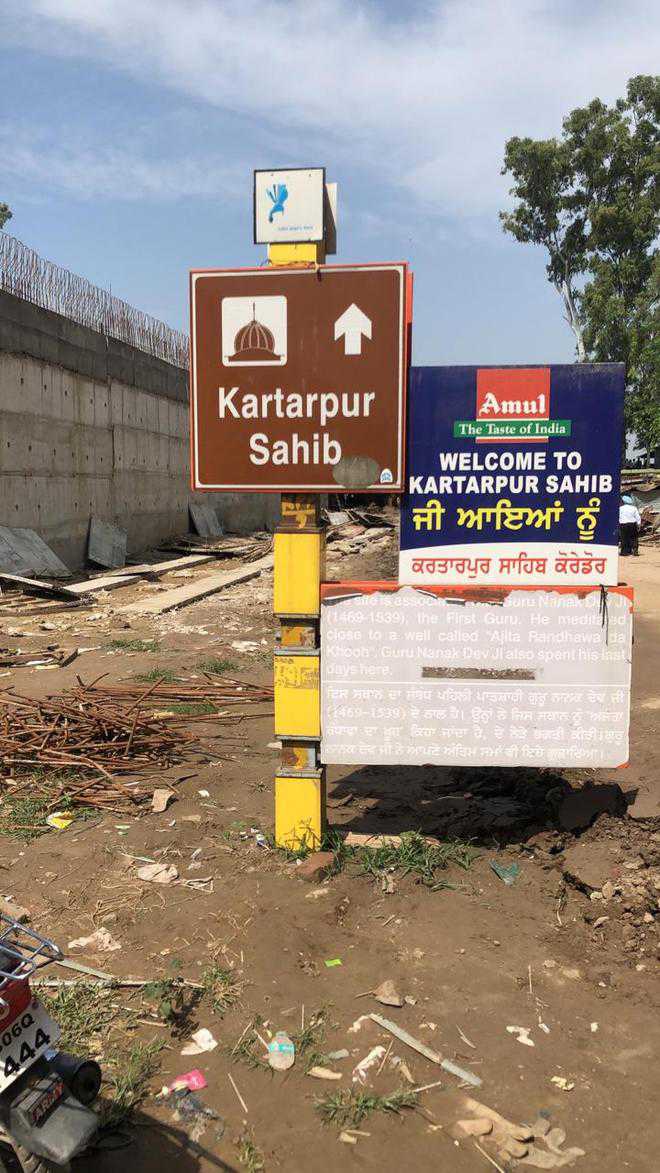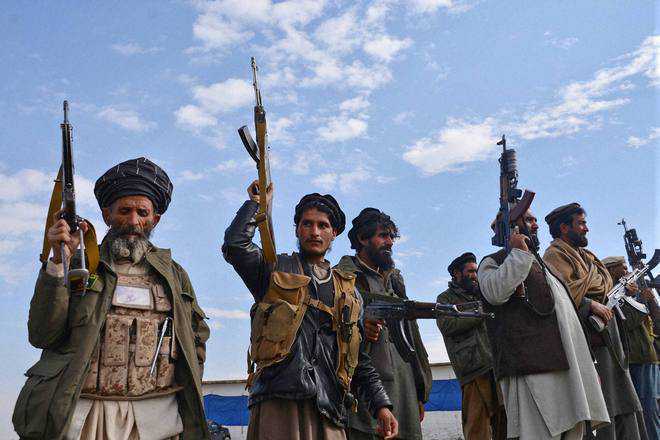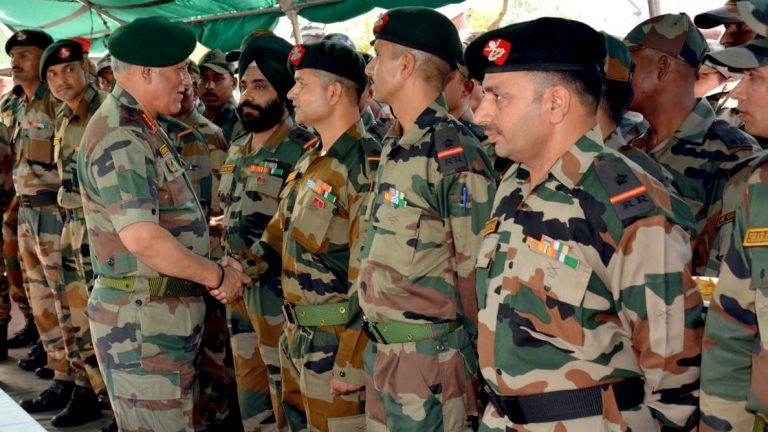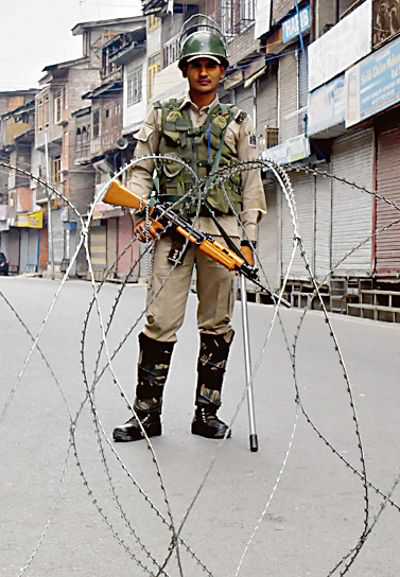
Ravi Dhaliwal
Tribune News Service
Dera Baba Nanak, October 25
The Punjab Government, apparently to prevent a repeat of last November’s function when Vice-President Venkaihah Naidu laid the inauguration stone of the Kartapur corridor amid controversy and chaos, has formed various committees and sub-committees to ensure all impediments pertaining to the corridor’s opening are removed well in time.
Last year’s November 26 fiasco is playing heavily on the minds of ministers and officials alike forcing them to make preparations in advance. At that time two venues were prepared, one by the National Highway Authority of India (NHAI) and the other by the Punjab Government under the supervision of Cabinet minister and local MLA Sukhjinder Singh Randhawa. Chaos ruled supreme and there was even talk of calling of the festivities at the eleventh hour because of the confusion. Finally things were sorted out after Randhawa prevailed upon the NHAI to hold a joint function.
This time, apparently to remove any confusion occurring due to possible over-lapping of responsibilities, all committees and sub-committees have been asked to report to Randhawa.
The Cooperation Department has been given charge of the main ‘pandal’ following which five senior IAS officers have been deputed to supervise.
The ‘pandal’ is being established just adjacent to the Tent City on the T-point which is an area on the Kalanaur-Dera Baba Nanak road from where a road branches off to the International Border, the site of the corridor.
Sources said the selection of leaders who will deliver speeches is yet to be sorted out. “The speakers should be chosen in advance to avoid a fracas like it happened during the vice-president’s visit. Union Minister Harsimrat Kaur Badal, much against the wishes of many Punjab ministers, was allowed to deliver an extempore but once on the stage she went off in a tangent extolling the achievements of the Modi government before a minister complained to Naidu about her alleged misdemeanour. I have been made to understand that this time the list will be prepared jointly by the state and Union governments and will have the final approval of the Prime Minister’s Office,” said a senior officer.
The PWD has been made the nodal agency to supervise the facilities at the Tent City which will house nearly 3,500 pilgrims. The tents have been divided into three categories. Langar (community kitchen) will be served by the management of Ghalari Sahib Gurdwara.
Three parking lots are being established, two within the city and one on the outskirts. Buses will be plied from these lots till the ‘Darshan Sthal’ where the BSF is in the process of installing 11 high resolution telescopes.
Dera Baba Nanak SDM Gursimran Singh said several religious organisations had been asked to hold community kitchens till the rush of devotees subsides.
Batala SSP Opinderjit Singh Ghuman has been made head of the committee which would supervise the security arrangements. A special police cell is being set up to oversee the movement of VVIPs which is likely to include PM Modi, his predecessor Dr Manmohan Singh, CM Capt Amarinder Singh, MPs, Ministers and MLAs.
PWD nodal agency for Tent City
- The PWD has been made the nodal agency to supervise the facilities at the Tent City which will house nearly 3,500 pilgrims
- Batala SSP Opinderjit Singh Ghuman has been made head of the committee which will supervise the security arrangements.
- A special police cell is being set up to oversee the movement of VVIPs which is likely to include PM Modi, his predecessor Dr Manmohan Singh, CM Capt Amarinder Singh, MPs, Ministers and MLAs.





















































































































